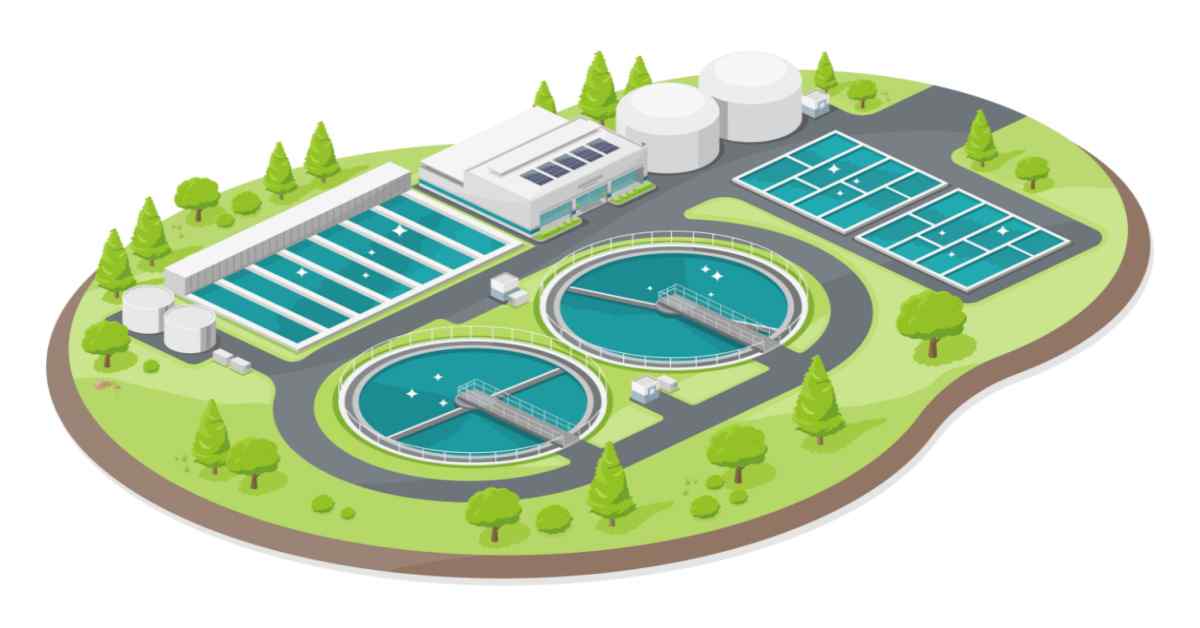Recognizing Wastewater Treatment Processes and Their Ecological Influence
The details of wastewater therapy procedures play a critical duty in mitigating environmental obstacles connected with water contamination. Each stage, from initial to innovative therapies, is designed to attend to details impurities, ultimately securing both public wellness and marine ecological communities. In spite of technological improvements in therapy efficiency, considerable obstacles persist, consisting of the monitoring of residual contaminants and the implications of nutrient overflow. As we explore the intricacies of these procedures, it ends up being crucial to doubt exactly how much present methods can advance to meet the growing needs of sustainability and ecological preservation.
Overview of Wastewater Therapy
Exactly how is wastewater changed right into a secure resource for the setting? Wastewater therapy is an important process developed to eliminate contaminants from used water, therefore safeguarding public wellness and safeguarding communities. This procedure begins with the collection of wastewater from property, commercial, and business resources, which is then directed to treatment facilities.
At these centers, various physical, chemical, and organic methods are used to treat the wastewater. Initial testing eliminates big particles, followed by sedimentation to different heavier solids. Subsequently, organic therapies, such as activated sludge processes, utilize microorganisms to break down raw material. These approaches not only decrease pollutant degrees but additionally promote the recuperation of valuable nutrients.
The treated effluent can be securely released right into all-natural water bodies or recycled for irrigation and commercial purposes, advertising source conservation. In addition, the therapy procedure creates biosolids, which can be repurposed as plant foods or dirt modifications, further enhancing sustainability.
Phases of Therapy Procedures
The wastewater treatment process usually includes three key phases: initial, key, and secondary treatment. Each phase offers a distinct role in lowering the toxin lots and guaranteeing the effluent satisfies ecological requirements prior to discharge.

The main treatment stage concentrates on the physical splitting up of put on hold solids from the wastewater. With sedimentation, heavier fragments resolve at the base of sedimentation tanks, creating sludge, while lighter products, such as oils and oils, float to the surface area and are skimmed off. This process dramatically decreases the natural and not natural lots in the wastewater.
Second therapy is an organic process intended at additional reducing the focus of raw material. Different techniques, consisting of activated sludge systems and flowing filters, utilize microorganisms to metabolize organic pollutants. This phase is important for achieving the required biochemical oxygen need (FIGURE) decrease, ultimately causing cleaner effluent prepared for discharge or more therapy. Each stage is essential in securing environmental and public wellness.

Advanced Treatment Technologies
Following the second treatment procedures, progressed treatment technologies play an important duty in further boosting the top quality of dealt with wastewater. These modern technologies are developed to remove residual pollutants that are not properly removed during primary and additional treatments, guaranteeing the effluent satisfies stringent regulatory standards.
Amongst the commonly used advanced treatment techniques are membrane layer purification, reverse osmosis, and progressed oxidation procedures. Membrane filtration, including microfiltration and ultrafiltration, is reliable in separating great helpful site particles, microorganisms, and colloids from the water (Wastewater). Reverse osmosis utilizes semi-permeable membrane layers to get rid of liquified solids, causing top quality water suitable for various applications
Advanced oxidation procedures (AOPs) use strong oxidants to deteriorate organic contaminants, including drugs and individual treatment products that are immune to traditional treatment. These techniques improve go to my site the biodegradability of intricate compounds, promoting their elimination.
One more considerable technology is making use of organic nutrient elimination procedures, which particularly target nitrogen and phosphorus, stopping eutrophication in obtaining water bodies. On the whole, advanced therapy technologies are crucial for accomplishing greater degrees of filtration, advertising water reuse, and safeguarding public wellness while addressing the challenges connected with wastewater management.
Environmental Benefits of Therapy
Numerous environmental advantages occur from effective wastewater therapy procedures that contribute to ecosystem health and wellness and sustainability. Primarily, these processes considerably minimize the launch of dangerous pollutants into natural water bodies, which helps keep water ecological communities. By removing contaminants such as heavy steels, nutrients, and pathogens, dealt with wastewater mitigates the threat of waterborne illness and promotes biodiversity in aquatic settings.
In addition, wastewater treatment facilities usually use sophisticated modern technologies that allow water recycling and reuse. This practice not only saves fresh water sources yet also reduces the demand on natural water supplies. Enhanced nutrient removal from wastewater can likewise avoid eutrophication, a procedure that causes algal blooms and succeeding oxygen exhaustion in aquatic systems.
Additionally, efficient therapy processes can reduce greenhouse gas exhausts, particularly methane and laughing gas, which are commonly launched during without treatment wastewater disintegration. By catching and using biogas from anaerobic digesters, centers can convert waste right into eco-friendly power, consequently adding to a reduction in nonrenewable fuel source dependency.
Challenges and Future Patterns
While the ecological advantages of wastewater treatment are clear, numerous difficulties persist that impede optimum outcomes in this area. One significant problem is aging infrastructure, which often causes ineffectiveness and raised functional prices - Wastewater. Several treatment plants were designed years back, and their capabilities do not line up with modern-day demands, that include more stringent regulative standards and higher quantities of wastewater due to urbanization

Looking in advance, there is an expanding focus on resource healing and round economy concepts within wastewater treatment. Advancements such as anaerobic food digestion, which can generate biogas, and advanced purification innovations are gaining traction. These approaches not just boost therapy effectiveness yet also promote sustainability.
Eventually, addressing these challenges needs collaboration among stakeholders, financial investment in technology, and a dedication to continuous study. By accepting these fads, the wastewater treatment industry can progress to fulfill the needs of an altering environment and society.
Conclusion
In conclusion, wastewater therapy processes play an essential function in improving environmental top quality and public health and wellness. The multi-stage treatment structure, paired with advanced innovations, successfully minimizes contamination and advertises lasting water administration.
Comments on “Innovative Technologies for Efficient Wastewater Recycling”